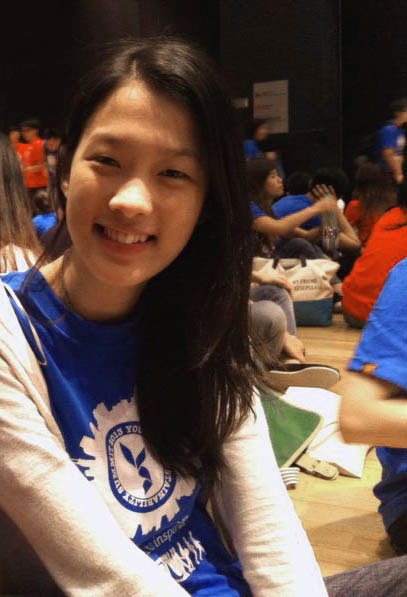



The Hong Kong Youth to Sustainability Summit organized by AIESIC Hong Kong was a 2-day programme from 14th to 15th June. It aimed at gathering a group of future leaders to discuss the issue of sustainability, with topics divided into three categories: the environment, business and education. It consisted of three major activities, namely the speeches, workshops and building a future sustainable city.
For the speech, I have been selected to attend the Business to Community Keynote Speech held by Dr. Glenn Frommer, who is the Head of Sustainability Development for the Mass Transit Railway Corporation. Throughout the speech, he talked about the fourth generation of the Sustainability Reporting Guidelines, G4, by the Global Reporting Initiative (GRI). Although Dr. Glenn Frommer could not talk in detail within a short period of time, he has inspired me to do more research on this guideline to find out more details about it and the difference that this generation has made. With more knowledge on G4, I can be better-equipped for my future career. Since sustainability reports will become a compulsory document for Hong Kong’s listed companies, knowing the up-to-date framework will allow me to understand how the future sustainability report will be constructed, being easier for analysis.
As for the workshops, I have attended the environment workshop as well as the education workshop which were held by Mr. Angus Wong, Policy Advocacy Manager of World Organization, and Mr. Danny Yung, experimental art pioneer, respectively. In the environment workshop, the most impressive part was the Questions and Answers. Questions raised by the participants, such as the questions about incineration and landfills showed that the younger generation is concerned about the environment and the city they are living in. This has reinforced my passion on protecting the environment and promoting the importance of sustainability.
Building a future sustainable city was an activity allowing us to design our own sustainable city and build a huge LEGO model of it. Throughout the designing process, we were divided into different roles such as Environmentalist, Businessmen, Government and Architect. Also, different groups of participants were assigned into to design for different parts of the city like the residential part, the research and development part and the industrial part. It was an interesting experience as I could apply what I have learnt in class, such as environmental technologies, during the designing process. Also, balancing the rights of different parties was a challenging part of the design. It gave a sense of how government actually manages the opinions and executes its plans with minimal harms to every party in real life.
All in all, the youth summit was a great opportunity to gather the students and enable exchange of ideas in a common platform. Especially with the presence of some international delegates, the cultural exchange experience was fruitful. However, it would have been more interesting if all the participants have been either all secondary school students or tertiary students since it may be difficult to serve the interests of all participants with different levels of education.